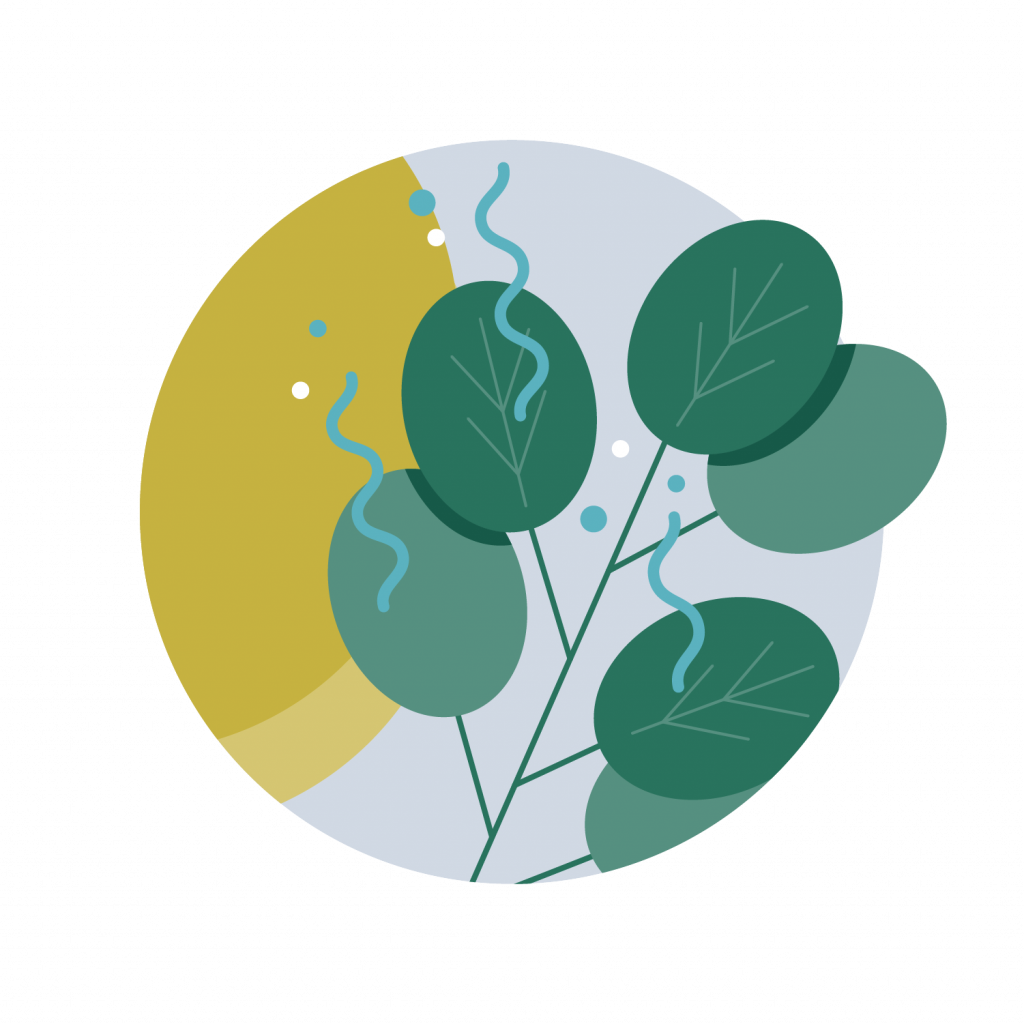Follow the Drop – Plants
Plants
Your choice to become water for a plant means that you will be absorbed from the soil through the plant’s roots. Because water absorbed by plant roots contains dissolved minerals, chemicals and microorganisms, you will be ensuring your plant receives what it needs to grow from the soil.
Water that lands on plants as snow or rain can evaporate directly off the leaves into the atmosphere without landing on the ground. Evaporation off of plant leaves and the ground is important for keeping water in the atmosphere and for preventing flooding in some areas.
Evaporation from water bodies such as oceans, lakes, rivers and seas is also crucial as this process provides approximately 90% of atmospheric moisture. The remaining 10% of atmospheric moisture is due primarily to transpiration, which happens when water escapes through plant leaves as a gas. The combination of evaporation and transpiration is called evapotranspiration1.
By choosing to become water for a plant, you’ve helped to enormously improve water quality. Plants can improve water quality by:
- Holding soil and sediment in place with their roots.
- Slowing water flow and blocking sediment and contaminants from running into a waterbody over the surface or underground.
- Taking up substances from the soil (e.g. nutrients, bacteria, metals, minerals, toxic contaminants) to prevent them from reaching water bodies.
Defintions
Evaporate: Turn from liquid into vapor.
Sediment: A soft substance that is like a wet powder and consists of very small pieces of a solid material that have fallen to the bottom of a liquid.
Substances: A material with particular properties

Where next?
You’ve done your job of nourishing the plant and contributing to water quality and you are ready for your next move! Your only choice is to be released into the atmosphere as water vapour.
References and Further Reading
- USGS. (n.d.-a). Evapotranspiration and the Water Cycle. Retrieved May 21, 2020, from https://www.usgs.gov/special-topic/water-science-school/science/evapotranspiration-and-water-cycle?qt-science_center_objects=0#qt-science_center_objects
